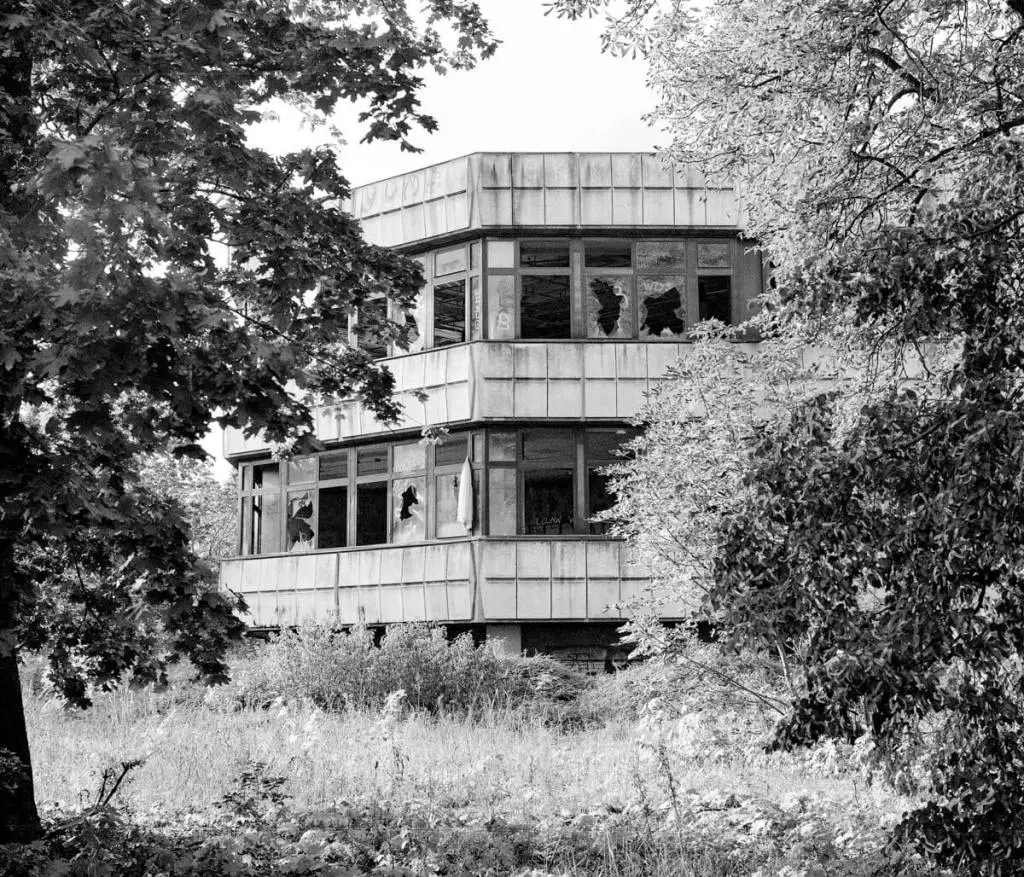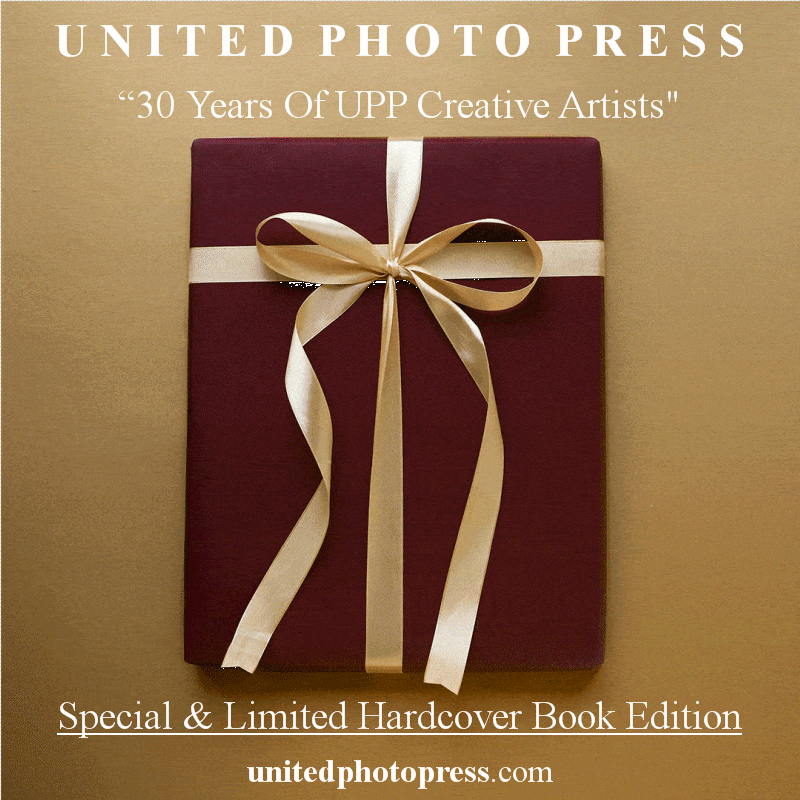Since 2019 I’ve been photographing the remaining symbols of the German Democratic Republic using a stash of (non-PLUS) ILFORD HP5 medium format film that expired in 1990 — the same year as East Germany itself “expired.” I went full “Ossi” (German slang for Easterner) and chose as my kit the Pentacon Six with an 80mm f/2.8 Carl Zeiss Jena Biometar lens. Both camera and lens remain excellent tools for photography and in their prime, were the creme de la creme of the Warsaw Pact photographic world.
But it’s the film that is the star of my project. My one requirement was that it had expired in 1990. But I also hoped it was black and white film rather than color. With both elements combined, I knew my results would be unpredictable, but from my experience with shooting expired color film, it more often than not looks like garbage. So I was relieved to find a vendor selling 10-pack bricks of ILFORD HP5 that expired 30 years ago. Despite being a Kodak Tri-X ride or die for life type, I snatched up a half dozen bricks and got to work.
For exposure I use a Sekonic L-308 light meter and rate the film at EI 80. While some disagree with the method, I’ve always been someone to reduce the film rating by a stop for each decade of expiration. There’s nothing scientific behind the method, but it’s proven to work well for me so far. Since I’m shooting at such a slow speed and in the cloudy light so common to the area, the Pentacon has lived exclusively on a tripod. All of this has created a slow and deliberate process, something I have come to enjoy as it has made me more contemplative of each exposure in a very finite batch of film.
FRAME 1:

Living in Berlin was an immediate advantage at the start of the project. Despite my east Berlin neighborhood of Prenzlauer Berg long ago losing its GDR-ness to gentrification, it’s a quick tram ride to neighborhoods like Hohenschönhausen, which retain much of their eastern character. This photo is of the former GDR sports hotel near the Hohenschönhausen sports forum, now the Sportforum Berlin. While I prefer the heightened mood possible during the winter months, I knew I wanted the foliage to give the building a sense that it’s hiding from the camera. It would be easy to mistake this for a normal roll of HP5, as there aren’t blemishes from age as those seen in the other frames. And it’s a testament to the power of 120 film and the Carl Zeiss Jena lens that such outstanding detail is still visible, such as the graffiti seen through one of the broken windows.
FRAME 2:

I’m often faced with the dilemma of just how much modernity I allow in my images. Sometimes they play a huge part in showing the disparity between socialist iconography and the modern capitalistic world (such as when I photographed a bust of Karl Marx next to an abandoned shopping cart.) But more often than not modernity is too jarring a juxtaposition for my taste. In this frame I took three shots, one with a passing tram, another with a DHL truck and this the third exposure. I felt that the graffiti on the bridge over the River Spree was enough of the modern world. This frame is a great example of how this old film can, with its strong blacks and ruptured skies, give an impression of being partially a charcoal drawing.
FRAME 3:

After photographing in Berlin, this year I started traveling to other places in the former GDR. This frame was taken during a trip to Halle Neustadt, which was one of the four “planned cities” in East Germany. Every part of the city was planned and created from scratch after the war and was part of the government’s addressing of the critical housing shortage that plagued the GDR for its entire existence. The result of that shortage was the ubiquitous “Plattenbau” or block building shown in this frame. In addition to the leading and convergent lines, this frame also shows an interesting feature that sometimes pops up with this film: that the exposure counters printed on the back of the film bleed through and are visible on the final exposure.
FRAME 4:

This frame wasn’t actually a planned image as most of the images for this series have been. I was riding home after an afternoon of shooting and the sun was below the horizon as I went through Strausberger Platz on Karl Marx Allee, one of Europe’s last great boulevards. I had one exposure left on a roll and stopped to see what a long exposure would look like on my film. The exposure was a few seconds and I was surprised how much I liked the result especially with the scratches and light trails.
FRAME 5:

On my visit to Halle Neustadt I stayed in a hotel in the more traditional and much older Halle Altstadt. But despite the old town’s more classical atmosphere, there was a fantastic GDR sculpture outside of my hotel in the pedestrian mall. The statue is of a man and woman passionately entwined together. I don’t know why, but the statue really blew me away. Unfortunately, it also proved really difficult to photograph. I chose to make a detailed composition after every framing of the entire statue was ruined by the countless elements found on shopping streets. The final result shows the intricacy of the original work with the creative components of this particular film stock.
JEB INGE




